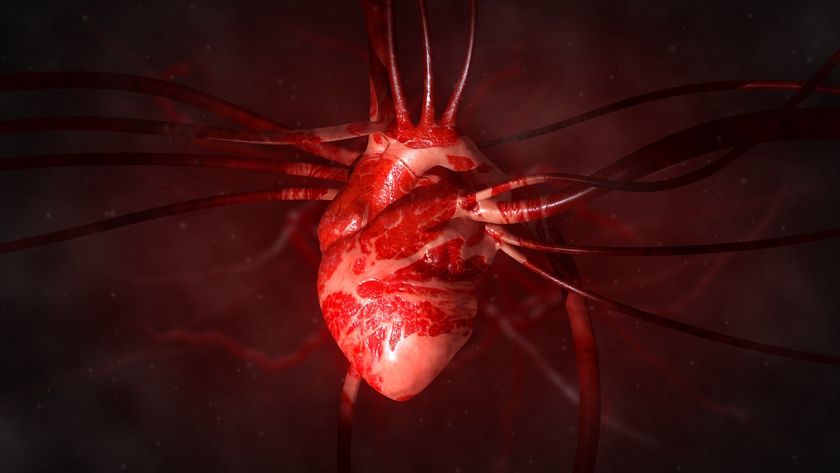The Healthy Geezer: How Do Statins Work?
[Today's column is the second in a two-part series about statins. Statins are worth two columns because so many seniors take them. In our first column, the benefits from taking statins are discussed.]
Question: I've heard statins referred to as wonder drugs that we should put in our drinking water. Do they deserve this reputation?
Answer: Cholesterol is a fat-like substance in blood. You need it to produce cell membranes, protect nerves, and make hormones.
The body can make all the cholesterol it needs. Most cholesterol is made by your liver. You also get cholesterol from foods such as meat, eggs and dairy products. Too much cholesterol is dangerous, because cholesterol can lead to blockages in your blood vessels.
Cholesterol is transported through the bloodstream in packages called lipoproteins. Low-density lipoproteins (LDL) deliver cholesterol to the body. High-density lipoproteins (HDL) remove cholesterol from the bloodstream. LDLs are often described as "bad" cholesterol; HDLs are called "good" cholesterol.
If there are too many LDLs in the blood, they will combine with other material in your bloodstream to manufacture plaque, a waxy crud that builds up on the inner walls of the blood vessels that feed your brain and heart. When this build-up occurs, you have a condition called "atherosclerosis," which is commonly referred to as hardening of the arteries."
If a clot forms in blood vessels narrowed by plaque, it can block blood flow, which can cause a heart attack or a stroke.
Sign up for the Live Science daily newsletter now
Get the world’s most fascinating discoveries delivered straight to your inbox.
The recommended levels of cholesterol are as follows:
- Total cholesterol level should be less than 200 mg/dL. ("Mg/dL" stands for milligram per deciliter.) "Borderline high" is defined as between 200 and 239 mg/dL. You're risking heart disease if your reading is 240 mg/dL or more.
- LDL cholesterol level should be less than 130 mg/dL. "Borderline high" is between 130 and 159 mg/dL. There's heart-disease risk if your reading is 160 mg/dL or more.
- HDL cholesterol levels should be at 60 mg/dL or higher to cut the risk of heart disease. You're at high risk for heart disease if you have a reading less than 40 mg/dL.
If your total cholesterol level is high because of high LDLs, you may be at higher risk of heart disease or stroke. If your total level is high only because of a high HDLs, you're probably not at higher risk.
Some physicians use the ratio of total cholesterol to HDLs. The ratio is obtained by dividing the HDLs into the total cholesterol. The goal is to keep the ratio below 5 to 1.
Statins, which are also known as HMG-CoA reductase inhibitors, are drugs that reduce cholesterol by blocking the liver substance responsible for making cholesterol. Statins may also help your body reabsorb cholesterol that has accumulated on your artery walls.
Statins are relatively safe for most people.
Some of the best-known statins include simvastatin (Zocor), atorvastatin (Lipitor), lovastatin (Mevacor), pravastatin (Pravachol), rosuvastatin (Crestor), and fluvastatin (Lescol).
Your cholesterol level is just one number doctors consider before prescribing a statin. If your only risk for heart attack or stroke is high cholesterol, you may not need medication.
Other risk factors are: lifestyle, age, family history of heart attack and stroke, smoking, weight, blood pressure, diabetes, narrowing of arteries in your neck/extremities and overall health.
Changes to your lifestyle such as quitting smoking and exercising may have a greater impact on reducing risk of heart disease and stroke than medication alone.
Statins can have potential side effects such as liver damage, pain in muscles and joints, constipation, nausea and diarrhea. Those who take statins have their liver function tested periodically.
If you would like to read more columns, you can order a copy of "How to be a Healthy Geezer" at www.healthygeezer.com.
All rights reserved












